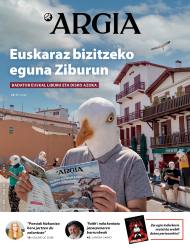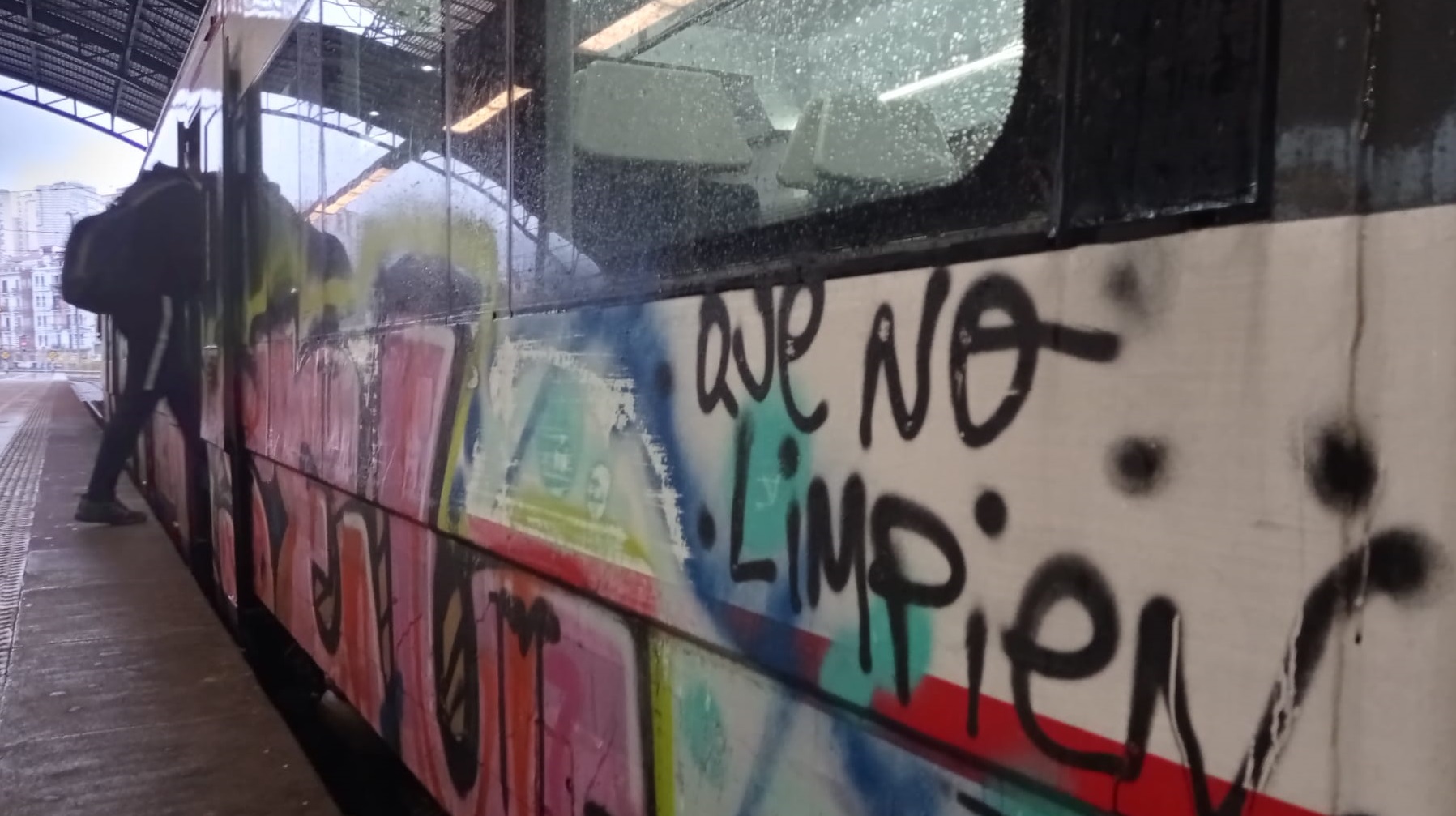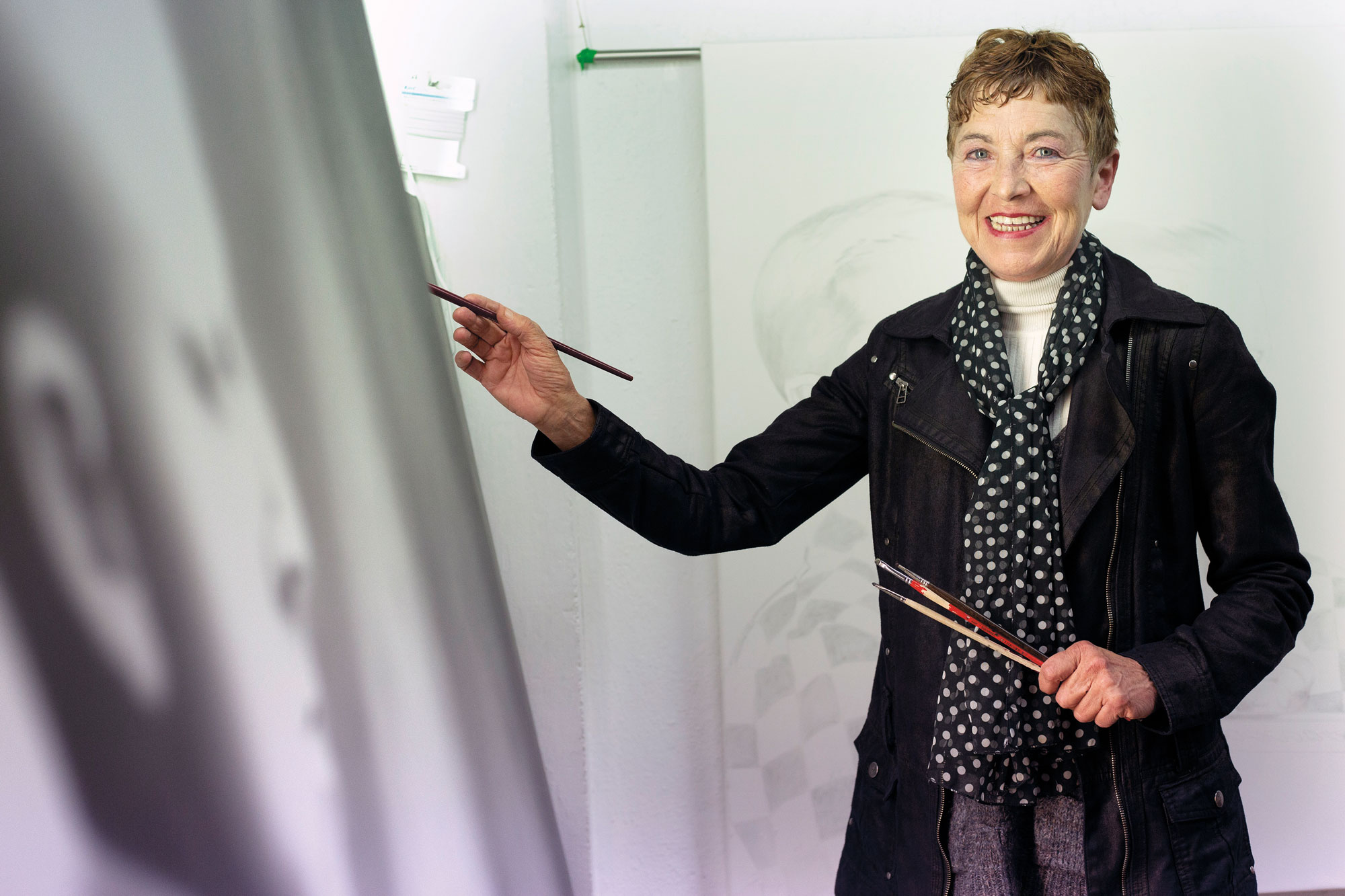A place to think
- In 1957, Jorge Oteiza decided to abandon the sculptural practice and start the social and political activity of the artist, claiming, among other things, the need to innovate artistic teaching and the recognition of the social function of art. The exhibition A place to think takes this date as its starting point and analyzes the time elapsed until the creation of the Faculty of Fine Arts of Bilbao. The exhibition therefore presents a series of milestones in experimental and artistic education during these two decades, drawing a map of the intersections between artists and key projects.
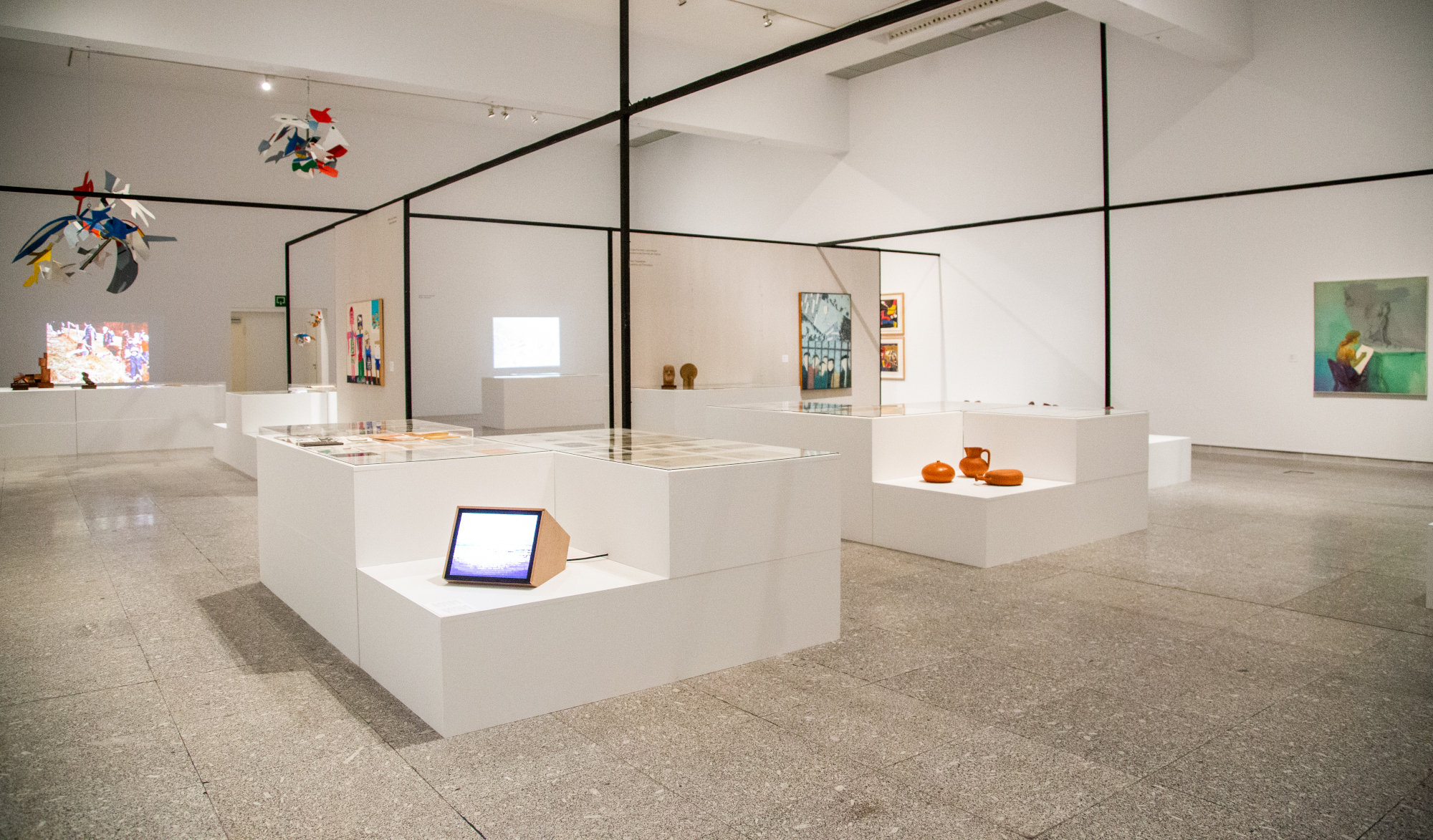
A place to think Oteiza Quousque tandem…! In his book (1963), Mikel Onandia, Sergio Rubira and Rocío Robles Tardío have used this quote for research on experimental schools and artistic practices that took place in Euskal Herria between 1957-1979. The exhibition is the result of long months of readings, interviews and local visits, and is based at the Artium Museum in Vitoria-Gasteiz. It studies nineteen research cases, both in the Basque Country and in the Spanish State, in which, accompanied by various documentation and works of art, different artistic groups, associations, projects and pedagogical projects of the time are made known. The project has also been extended to the Museo Oteiza de Alzuza, where, after being the house of Oteiza, the case study of the Cine Club de Irún has been addressed through documentation, works of art and projections from public and private archives.
The research work carried out by the commissioners is intense and the difficulties it has to bring all the material collected – letters, express typewriter typefaces, newspaper clippings, photographs of the time – to the exhibition hall are largely solved thanks to the display created by the artist and designer Xabier Salaberria. Salaberria has placed in the room some slight metal structures to fragment the space itself in many plots, a subtle and elegant gesture that gives character to the exhibition. The view obtained from different points of view is always suggestive. The pladur panels designate the name of each set of works – the School of Art of Deba, the Encounters of Pamplona, Biok-Spiral – and although the works are not many, I believe they are well selected. The documentation is abundant, sometimes it is difficult to read letters and notes written by hand or machine, but the depth of the findings made cannot be questioned.
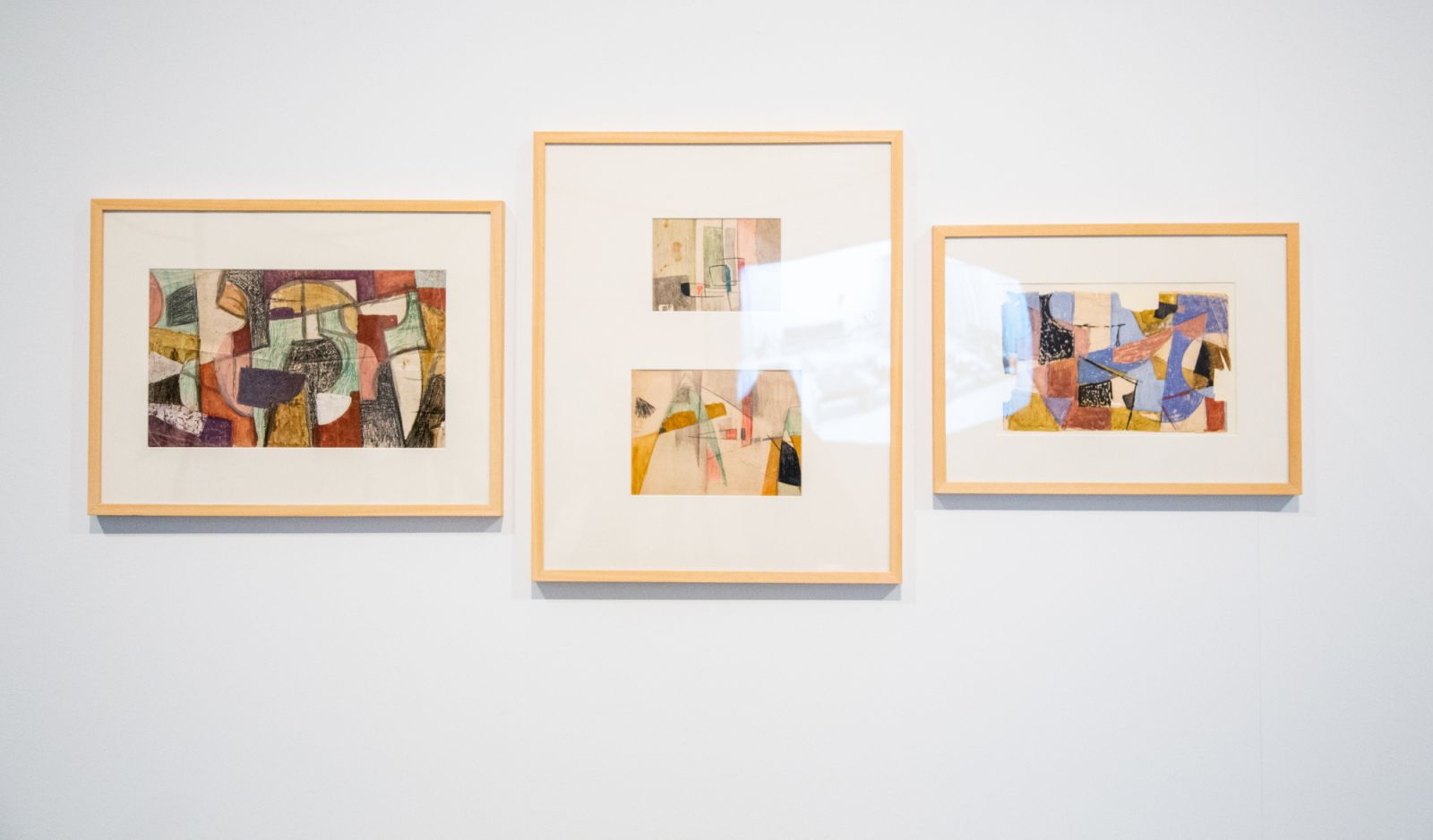
In the 1960s Oteiza defined the project of the Basque School of Contemporary Art from the well-known groups Gaur (Gipuzkoa), Emen (Bizkaia), Orain (Araba) and Danok (Navarra). In 1966 all groups, except the Navarros, read their manifesto in which, through the self-managed works and actions of the artists, they intended to give way to the new avant-garde and aesthetic. Today José Antonio Sistiaga was part of the group and he, together with the artist Esther Ferrer, founded the Elorrio Experimental School by Oteiza in 1964. This school was aimed at children from the Fulgor cooperative and was based on the Célestin Freinet pedagogical system. The school came just the year in which it was intended to develop the stimulation and creativity of the children. In similar years, Sistiaga and Ferrer created in San Sebastian the Free Expression Workshop, which allowed children painting workshops and creative free processes that gave them classes and stimulated the creativity of children without prejudice.
Rosa Valverde was one of those children who went to the Sistiaga and Ferrer Factory, which later became a painter and who until recently had an exhibition at the San Telmo Museum. Valverde also launched an educational experience in the Donostia district of Egia, based on the pedagogy of Arno Stern, and in 1992 opened a workshop of artistic expression. The painters Rafael Ruiz Balerdi and José Luis Zumeta also had experiences in artistic teaching in different schools in Donostialdea. Throughout the exhibition I have read the interview of Mariasun Landa in Anaitasuna magazine to Zumeta about his pedagogical facet and I have enjoyed watching the two colorful Zumeta mobiles that have borrowed from a farm in Usurbil. Next to it are three small paintings that represent the urban landscapes of Herrera by Ruiz Balerdi.
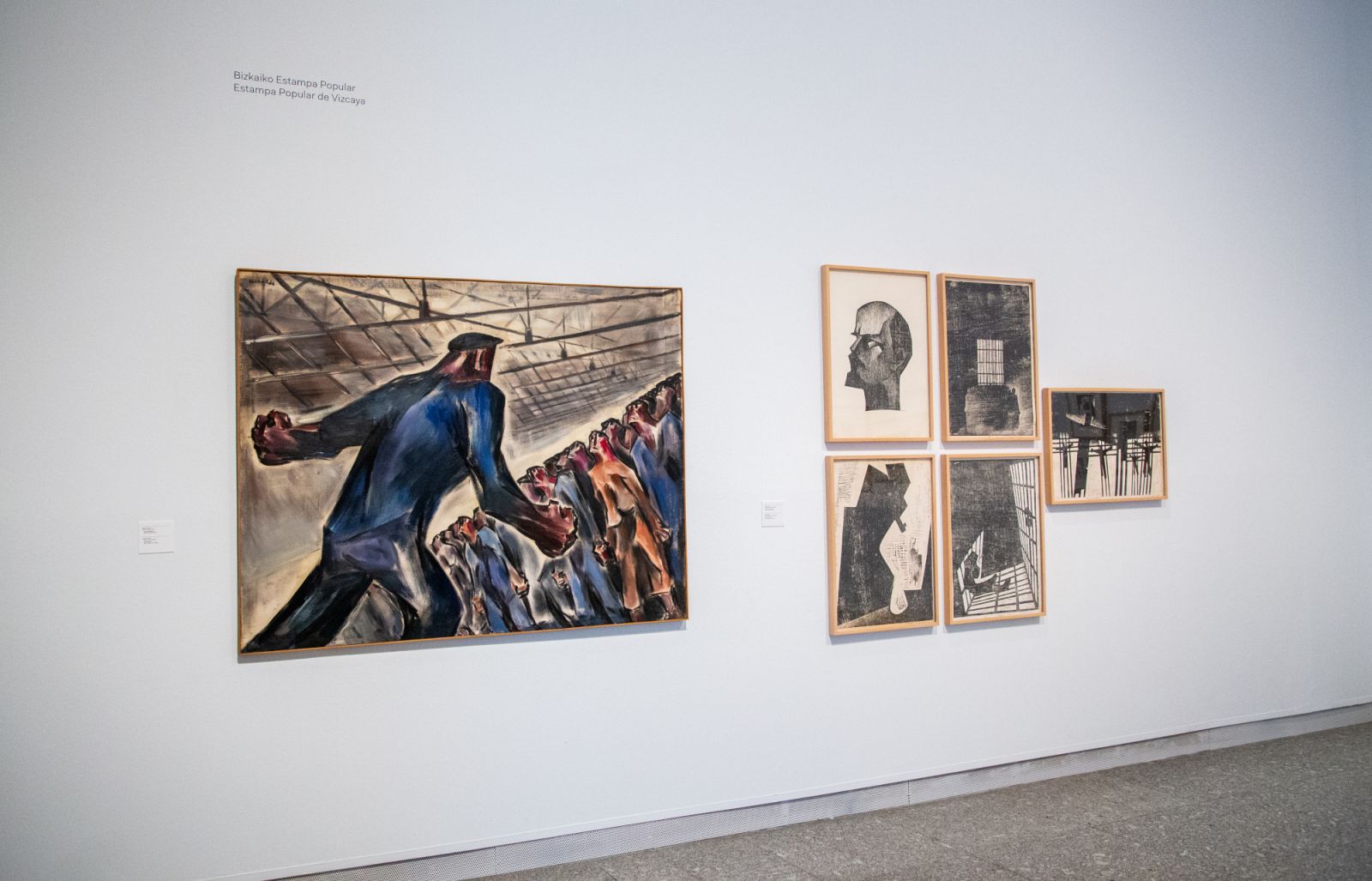
Another case of research is that presented by the Popular Image of Bizkaia. The group founded by Agustín Ibarrola, María Daria and Dionisio Blanco, strongly denounced the Franco dictatorship and fought against the exploitation of the workers of Bizkaia, fighting for their labour rights. Both Dapena and Ibarrola, despite being painters, used the engraving to create an iconography about workers and fishermen, due to the speed the medium offered, the economy and the goal of the democratization of art. In the exhibition, in the corner corresponding to Estampa, you can see the impressive painting Obrero arengando (1964) of Ibarrola. The group was dissolved in 1962 after being imprisoned as communists.
Dionisio Blanco, a member of Estampa, made a table in 1970 on the Burmese process in which he explicitly denounced barbarism and police torture. This painting intended to show it in the exhibition The contemporary Basque art of the Encounters of Pamplona in 1972, but was censored. The picture has already become iconic and the Commissioners have brought to the exhibition the case of the investigation into the Pamplona Meetings. These meetings, led by the musician Luis de Pablo and the artist José Luis Alexanco, were organized with the patronage of the Huarte family for a week in the capital of Navarra. The festival, of an international character, was attended by more than 350 international, national and local artists such as John Cage, Chronic Team, the brothers Artze or Prada-Poole. However, despite the fact that these Meetings are a reference in the history of our art, it received a boycott both by the participants – after the censorship of Blanco other artists decided to remove or cover works from the exhibition – and by external agents – ETA denounced the bourgeois trend of the festival.
The other case study that has caught my attention is that of the Association of Artists of Gipuzkoa. Although the association was born in 1949, the painter Cordiarias assumed his leadership in 1962, with the objective of modernizing the traditional dynamics of the association and dynamizing educational practices. In this task, with the collaboration of Sistiaga and Ferrer, once again, they began to organize talks, meetings, presentations and cinematographic projections in the place they had in the City of Donostiarra. Although Arias introduced changes towards the modernization of the association, due to the clashes with the traditional sector, the City Council withdrew the subsidy to devote it to gastronomic societies. To protest this decision, Arias, Zumeta and Ruiz Balerdi performed an act or happening with the collaboration of Joxean Artze: for the event announced as an impressionist exhibition, the three ate silently the snack brought by Artza sitting around a table, as is done in the gastronomic societies. 1964.
Eskultura grekoerromatarrek bere garaian zuten itxurak ez du zerikusirik gaurkoarekin. Erabilitako materiala ez zuten bistan uzten. Orain badakigu kolore biziz margotzen zituztela eta jantziak eta apaingarriak ere eransten zizkietela. Bada, Cecilie Brøns Harvard... [+]
Behin batean, gazterik, gidoi nagusia betetzea egokitu zitzaion. Elbira Zipitriaren ikasle izanak, ikastolen mugimendu berriarekin bat egin zuen. Irakasle izan zen artisau baino lehen. Gero, eskulturgile. Egun, musika jotzen du, bere gogoz eta bere buruarentzat. Eta beti, eta 35... [+]
This text comes two years later, but the calamities of drunks are like this. A surprising surprise happened in San Fermín Txikito: I met Maite Ciganda Azcarate, an art restorer and friend of a friend. That night he told me that he had been arranging two figures that could be... [+]
On Monday afternoon, I had already planned two documentaries carried out in the Basque Country. I am not particularly fond of documentaries, but Zinemaldia is often a good opportunity to set aside habits and traditions. I decided on the Pello Gutierrez Peñalba Replica a week... [+]









